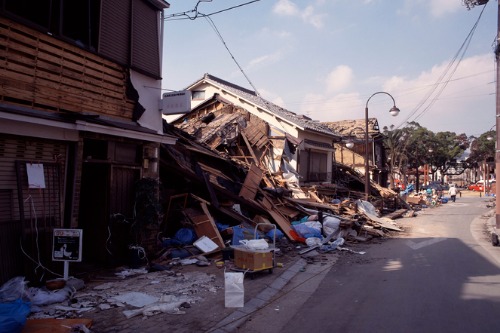

Karen Clark & Company (KCC), a Boston-based catastrophe modelling firm, has released a white paper titled “Quantifying and Managing Japan Earthquake Risk”.
The report, which used KCC’s Japan Earthquake Reference Model, found that despite the country’s robust building codes and innovative construction techniques, it still remains at huge risk of large loss-producing events. One such factor is that the most seismically active regions correspond to the most densely populated areas.
Re/insurers have taken major interest in Japan’s earthquakes due to their frequency and intensity. Since 1900, over 37 quakes of magnitude 7 and above have impacted Japan, and property damage caused by events in the past few decades has totalled over US$400 billion.
Read more: Japan quake payouts reach $760 million
The model uses up-to-date information and published seismological research, including the Japan Seismic Hazard Information Station (J-SHIS) National Seismic Hazard Maps and is implemented using KCC’s RiskInsight platform.
Using the model, KCC scientists generated a comprehensive event catalogue to represent seismic risk across Japan.
According to the model’s simulations, a repeat of an event such as the Great Kanto Earthquake of 1923 (magnitude 7.9) would result in total property losses (insured and uninsured) of over US$1.5 trillion. Meanwhile, a larger magnitude event impacting Tokyo could result in total property losses exceeding US$3 trillion.
Scientists estimate that there is an over 80% chance of a major event near Tokyo within the next 30 years. In the long run, Japan’s earthquake loss potential averages over US$20 billion per year. Based on recent events, between 10% and 15% of this loss potential is covered by the global re/insurance market.
